UNIVERSITY OF WISCONSIN River Falls
Archives Resources
River Falls in the Second World War
Most people in River Falls learned that the US had entered into WWII while listening to a radio speech by President Roosevelt calling for a formal declaration of war in a joint session of Congress the day after the attack on Pearl Harbor. Students at the college, then known as the River Falls State Teachers College (RFSTC), listened over a special radio hook-up in an assembly at North Hall.
Leading up to that declaration, locals had already been preparing for the possibility of war. National Guard members from River Falls had already been called up for active duty. The Boy Scouts and Pierce County Defense Council held aluminum scrap metal drives. After war was officially declared, the local high school and the RFSTC began offering evening classes for farm youths to prepare them for anticipated machinery shortages. Classes also included weekly "Farming for Defense" instruction which provided information on how to produce the most dairy and meat products to meet national demand during wartime. The River Falls Journal (RFJ) was again an important point of contact for citizens hoping to hear about soldiers overseas and to learn about issues enveloping the homefront. [View a war bond advertisement from the RFJ, 1943.]
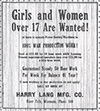 |
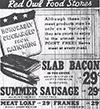 |
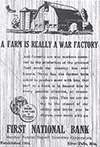 |
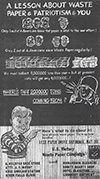 |
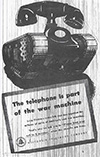 |
Soldiers who died in WWII from: Burnett County, Pierce County, Polk County and St. Croix County
WWII had a large impact on the enrollment at RFSTC and at the population of young males in general. Below, some of the River Falls student soldiers who were posthumously awarded Gold Stars for losing their lives during WWII
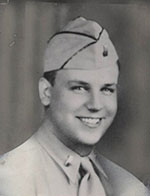 |
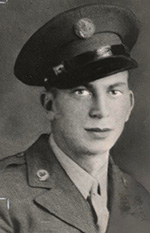 |
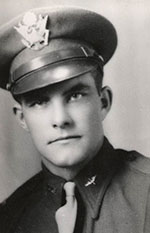 |
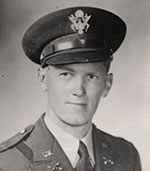 |
|
Donald Johnson |
Ward Randles |
Robert Mraz |
Stanley Torgenson |
|---|---|---|---|
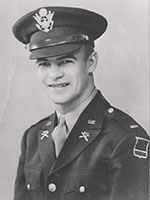 |
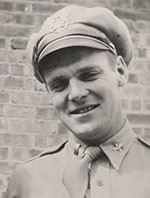 |
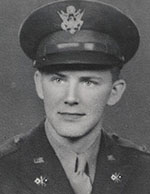 |
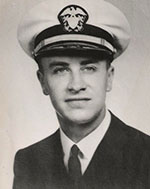 |
|
Malcolm Rockwell |
Thomas Gill |
Alvin Anderson |
Jerome Sobotta |
The Area Research Center & University Archives' collections contain many World War II era documents and artifacts. A few examples:
- Copies of YANK, the Army Weekly. First published on June 17, 1942 and lasting through December of 1945, Yank was a magazine staffed entirely by enlisted-soldiers in World War II. ARC Vertical File.
- Flight logs and pilot training manuals for the A26-Invader and the B26 Marauder used by Howard B. Christenson, a pilot in the 17th Bomb Group of the 37th Squadron, U.S. Army Air Force of Pierce County, WI (River Falls Mss ES).
- Letters and postcards between soldiers and their family, friends, and professors back home. View "sailor's prayer" postcard. Deloris Buckley, Front Line Nurse.












